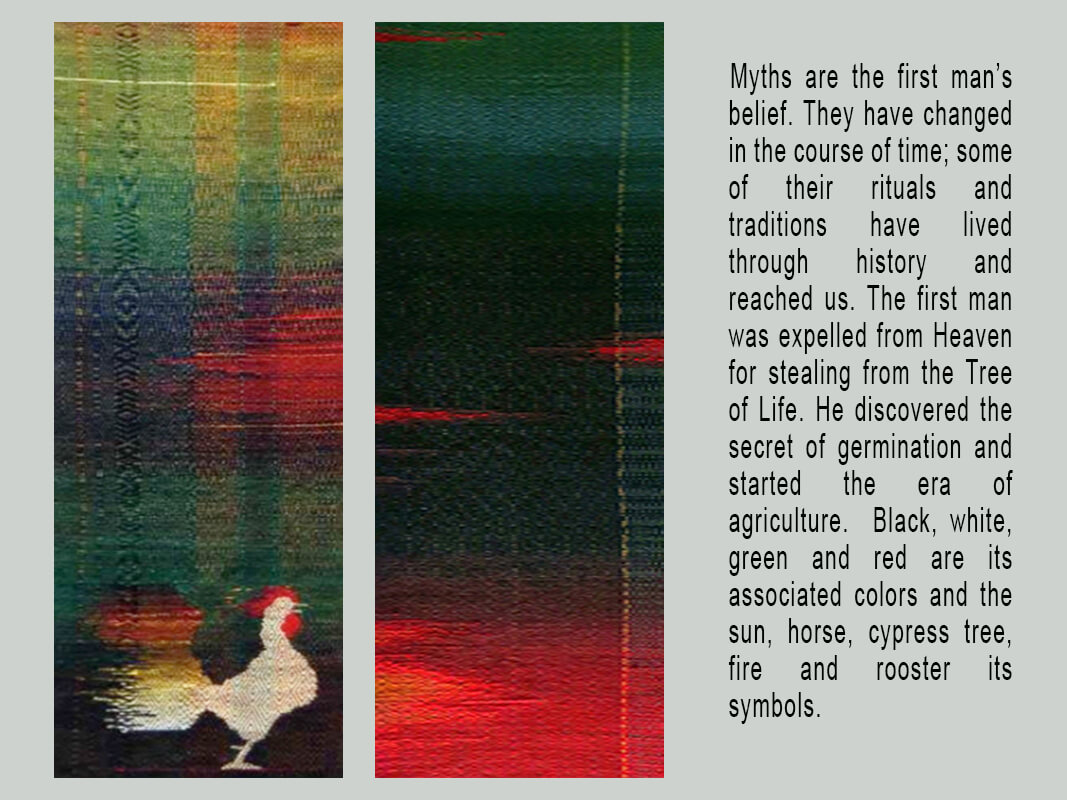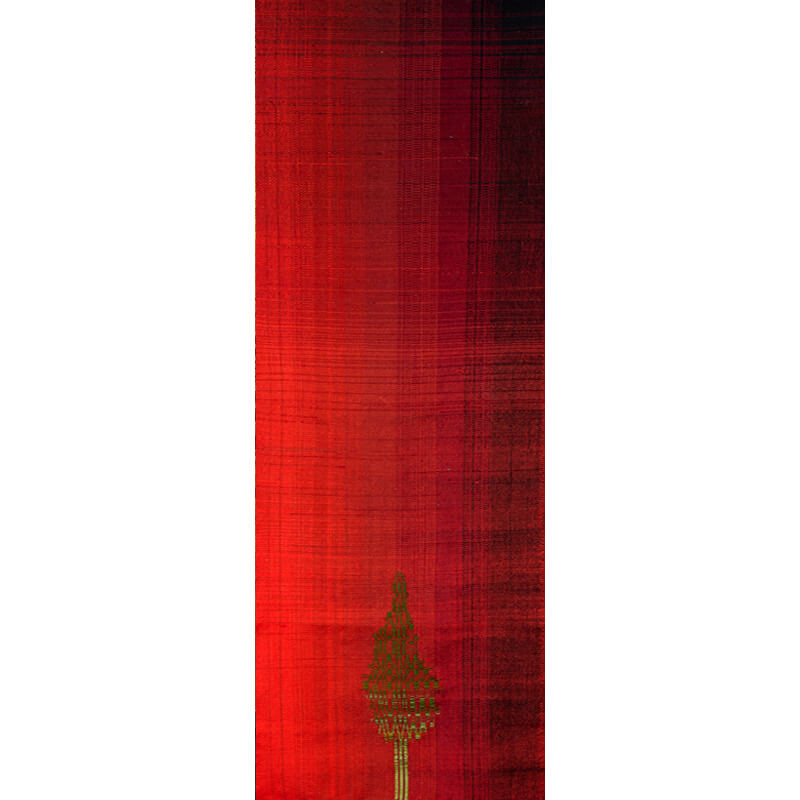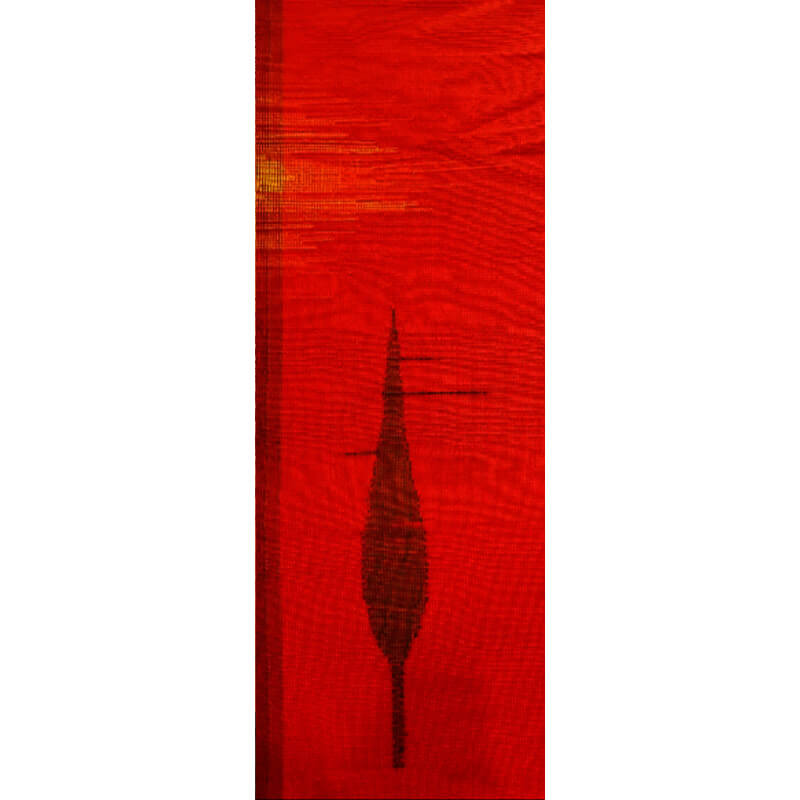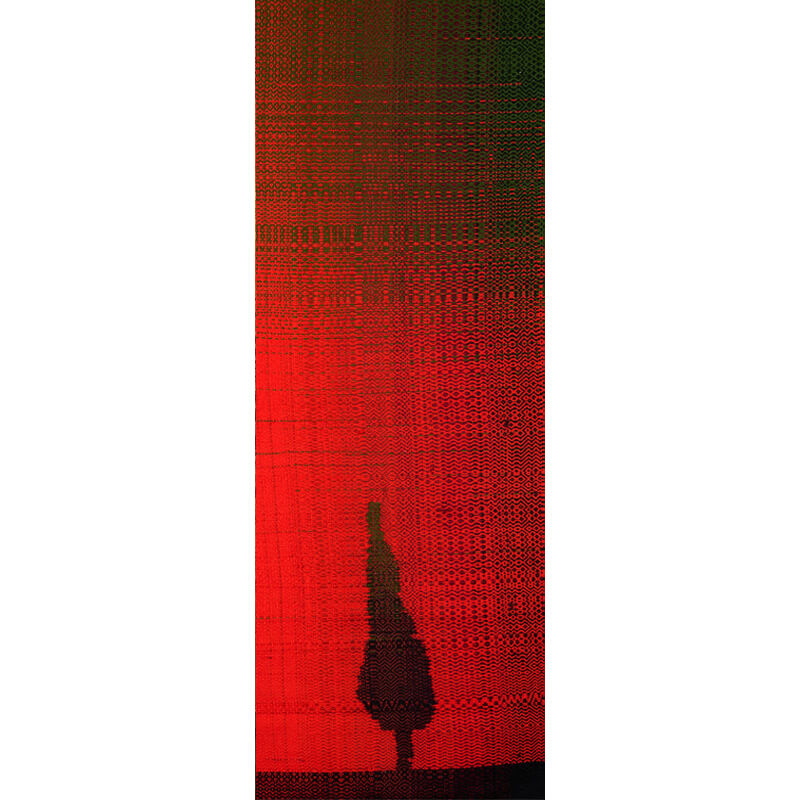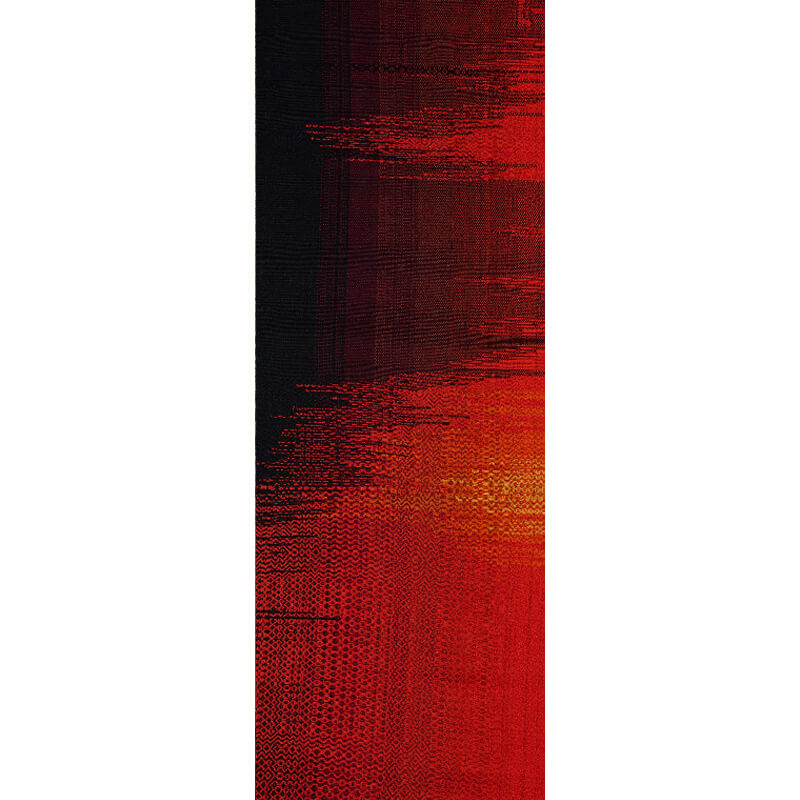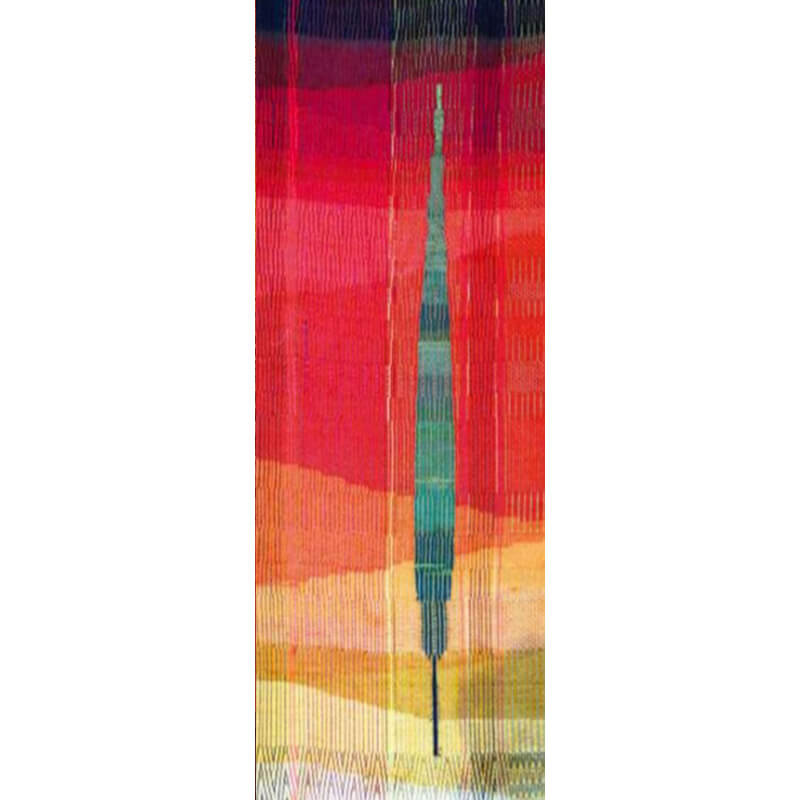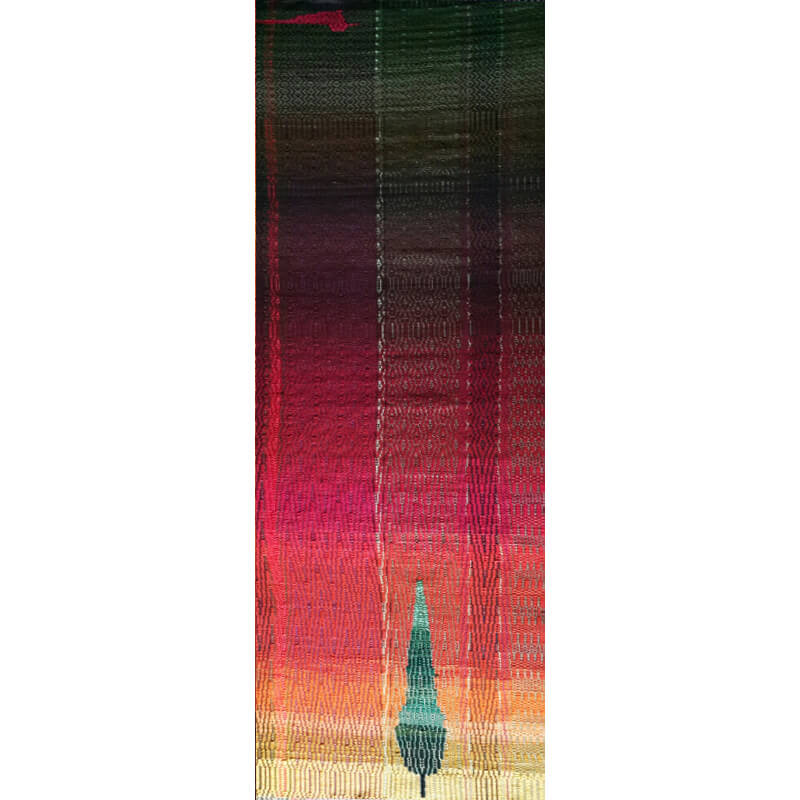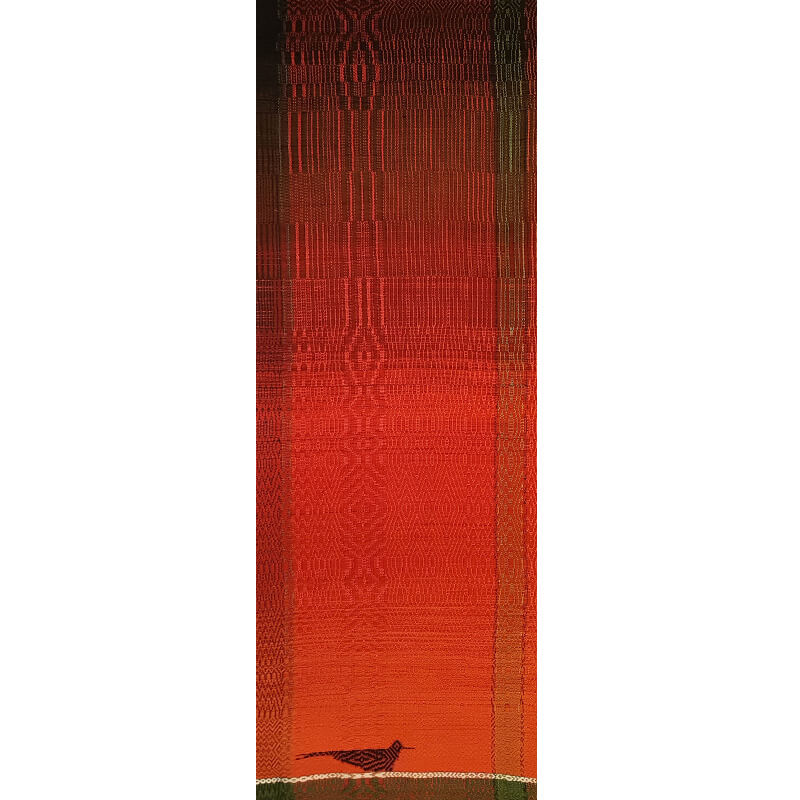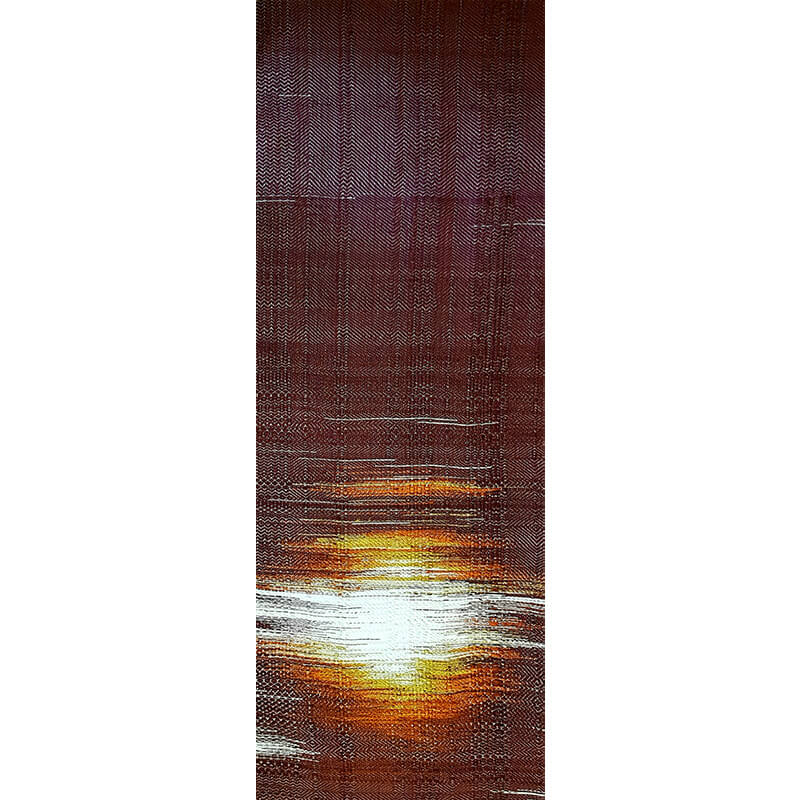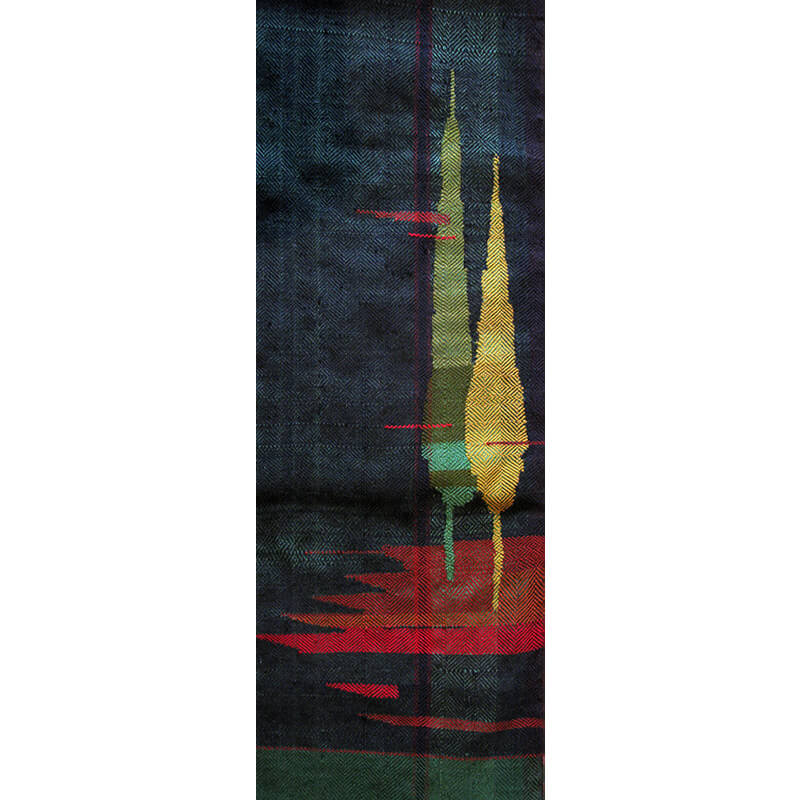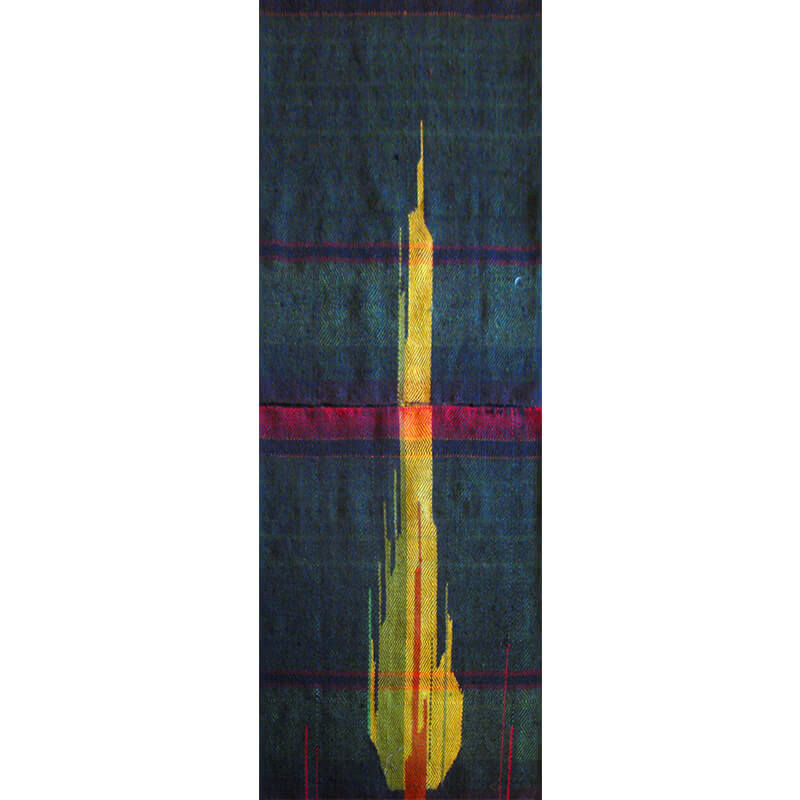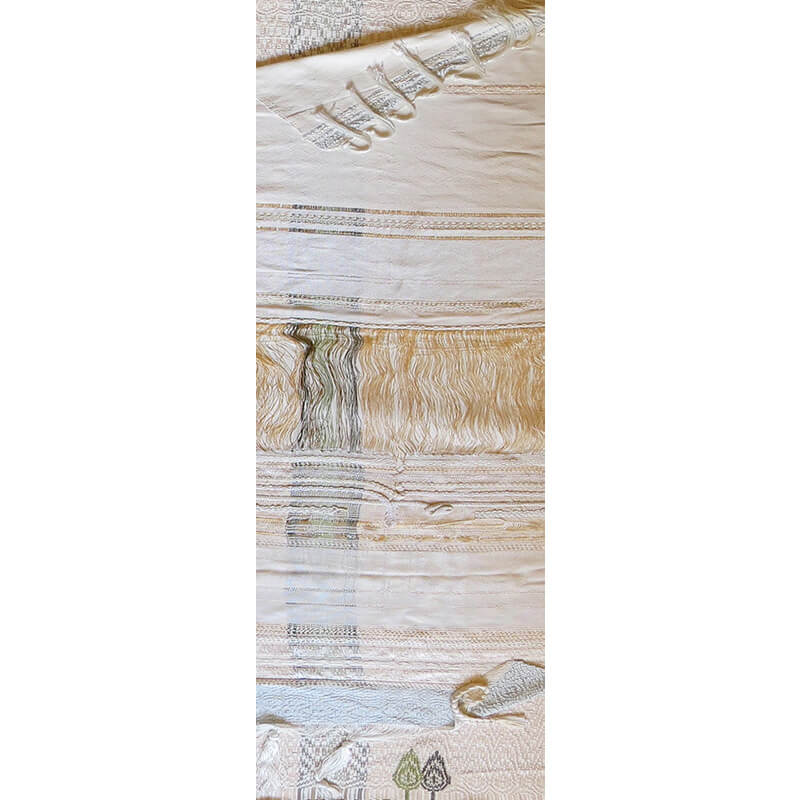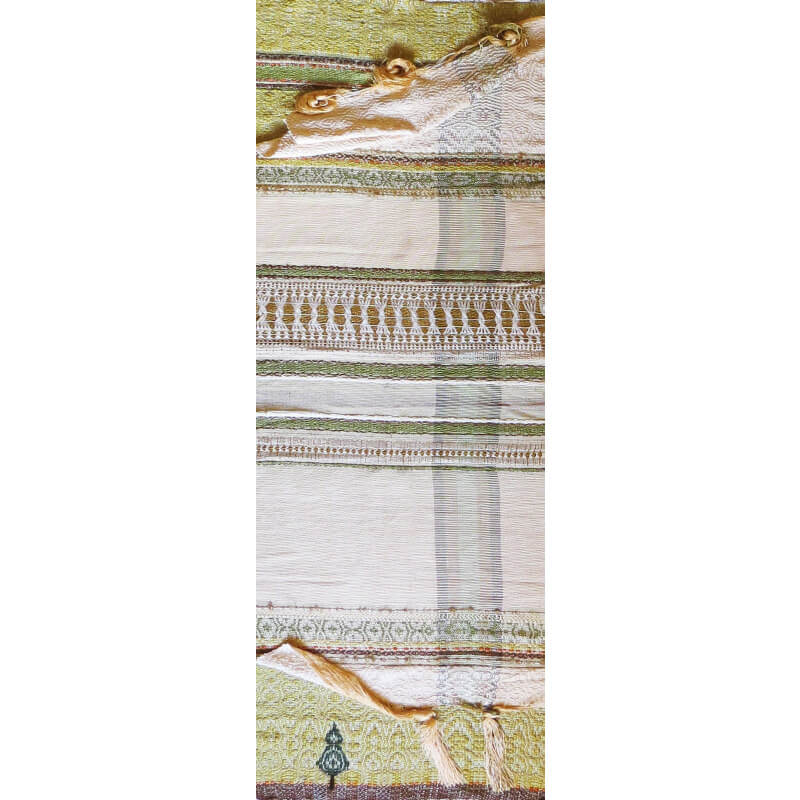

Myth of Siavashoon
Myths are the first man’s belief. They have changed in the course of time; some of their rituals and traditions have lived through history and reached us. The first man was expelled from Heaven for stealing from the Tree of Life. He discovered the secret of germination and started the era of agriculture. The ancient man founded a ceremony to ward off drought and help growth and birth. Soo-va-Shoon [Siavashoon] is a souvenir from those days, meaning Mourning for Siavash. Black, white, green and red are its associated colors and the sun, horse, cypress tree, fire and rooster its symbols. In Avesta [the holy book of Zoroastrianism], Siavash means the Black Horse. In ancient Iran, epic of drought begins with an attack on this black horse; he pours the rain drops in the goblet of clouds. The god of wind carries them around, so the rain pours down equally everywhere. Demon of drought attacks, so there is so much rain in some places and no rain in others. The story of the first rain took place on the First Day and is repeated every year. Weeping is the symbol of rain; with tears from heaven and help of gods and vows and offerings of the people, god of vegetation comes to life and the celebration starts.
Passing through the fire is the symbol of scarification for re-birth and germination. The first familiar fire for mankind was the sun. The man brought the fire to earth and acknowledged it as heaven’s sacred gift. In the ancient scripts, the carousel of sun was pulled by a horse, called Tiz-Asb [swift horse]. Darkness was warded off by taming of the demon. The rooster’s loud song was the sign of dawn; it was among sacred birds and sacrificed for the sun.
The tree was sacrificed for the fire. Fire was the ultimate purifier and it was believed that at the end of the world, the entire human beings had to pass through the fire. Passage of Siavash through the fire and Chaharshanbe-Soori ceremony [an ancient Iranian ceremony held on the night of the last Wednesday of the Persian year; seven small bonfires are set up and every one must jump over them] is a souvenir from that era. Soor means Red and at the end of the year, we pass through fire. Siavash, with a black face, a red costume and a green plant in his hand, returns. Haaji Pirooz is one of his symbols, for whom we still grow green plants every Persian New Year.
Vegetation has the secret of genesis. The tree of life is green and can make wishes come true. The cypress tree is the sacred tree; it is always green and standing, the symbol of freedom and refers to “the loved one”. Knocking on wood is the symbol of awakening the god of vegetation. In the first beliefs, at first Siavash was the horse and later changed into the rider; then he became one of the gods and, at the end, developed into the king and the hero.
There are illustrations of the horse or the rider on some of the ancient crowns and coins and some tombstones have forms like ears of a horse. In Khwarazm [an ancient Persian kingdom], every king was a Siavash and a new Siavash sat on the throne with his death. According to the “History of Bukhara”, it is more than three millennia that citizens of Bukhara sing strange hymns to mourn for Siavash. Bards called it the Grudge of Siavash and rhymesters called it the Magus’ Lament. The 28th tune of Barbad [a Persian musician, singer and lute player during the Sassanid Empire in 7th century AD] is the Grudge of Siavash and has a melody in mourning of the king’s horse. The cycle of life and death was held with mourning and celebrating every year.
This ancient belief – mentioned in Avesta, in myths and fables – was chronicled in Ferdowsi’s Shahnameh [Book of the Kings, by the renowned tenth-century Persian poet, Ferdowsi]. Siavash was banished from home in childhood. Soodabeh, his step-mother, fell in love with him. He was accused of disloyalty and was forced to pass through fire to prove his innocence. His entering into the fire is the autumn and his walking out of the fire initiates the spring. He then went to Khotan [Hotan in China]. According to Al-Biruni, arrival of Siavash became the origin of history for Khwarazm people. At the end, he was killed by the rage of water and through a conspiracy. From the blood of the martyr, a healing herb grows, called Par-e Siavashaan [the Southern Maidenhair Fern], meaning the Feather of Siavash. Siavash’s son takes his father’s revenge from Afrasiab [A mythical Persian king], but the tale of this innocent martyrdom remains in Iran.
